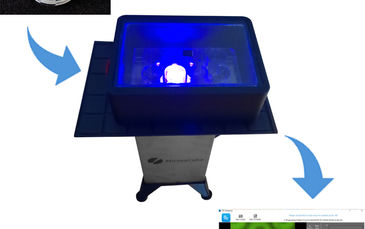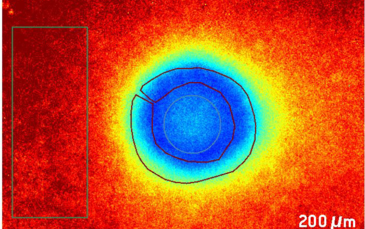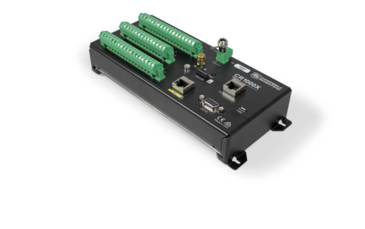
Pick the Parameters of Interest
October 18, 2013Visualizing oxygen distributions in 2D is helpful, but a second or third parameter is necessary in order to get the complete picture? Yes, as only the additional information on pH and CO2 concentration answer e. g. the question how long immobilized plant cells are active. And the data of both pH and oxygen distribution teaches us how terrestrial sediment influences coastal water. As VisiSens A1 now has two daughter systems for pH and CO2 - ready for operation as a module principle - also the most challenging applications will benefit.
Non-invasive mapping of metabolic activities and imaging of living samples is of great interest to life science and biological research. First feedbacks from beta tests trying to get a complete 2D picture of oxygen, pH and carbon dioxide distributions in heterogeneous samples show PreSens Precision Sensing GmbH the manifold opportunities their imaging solutions allow.
Changes in climate and land use - a topic interpreted by the media at regular intervals and of interest to most of us: Those changes e. g. increase the supply of terrestrial sediment to coastal water. But how does this affect the ecosystem? A fist step of understanding was taken by visualizing pH and oxygen distribution. Another example: In order to understand biodegradation and growth kinetics in a dynamic capillary fringe one needs information about both oxygen and carbon dioxide concentrations as well as their distribution - now also possible. And all three parameters - O2, pH and CO2 - need to be monitored in order to proof that immobilized plant cells in a hermetically sealed transport vial still show metabolic activity after ten days of storage. So customers can rely on "fit" cells even if transportation takes a day longer.
But scientists can surely also use just one of the three systems. pH of the wound fluid, e. g. is known to greatly affect healing processes. The two-dimensional visualization of pH dynamics allows monitoring spatially heterogeneous processes on skin models, which is a great advantage compared to single-point measurements with probes.
Detailed information of the above cited scopes can be found in application notes which will be published on www.presens.de during the next couple of weeks.
Contact:
Christina Schlauderer
Communications
PreSens Precision Sensing GmbH
Phone: +49 941 94 27 21 09
E-Mail: christina.schlauderer@presens.de





